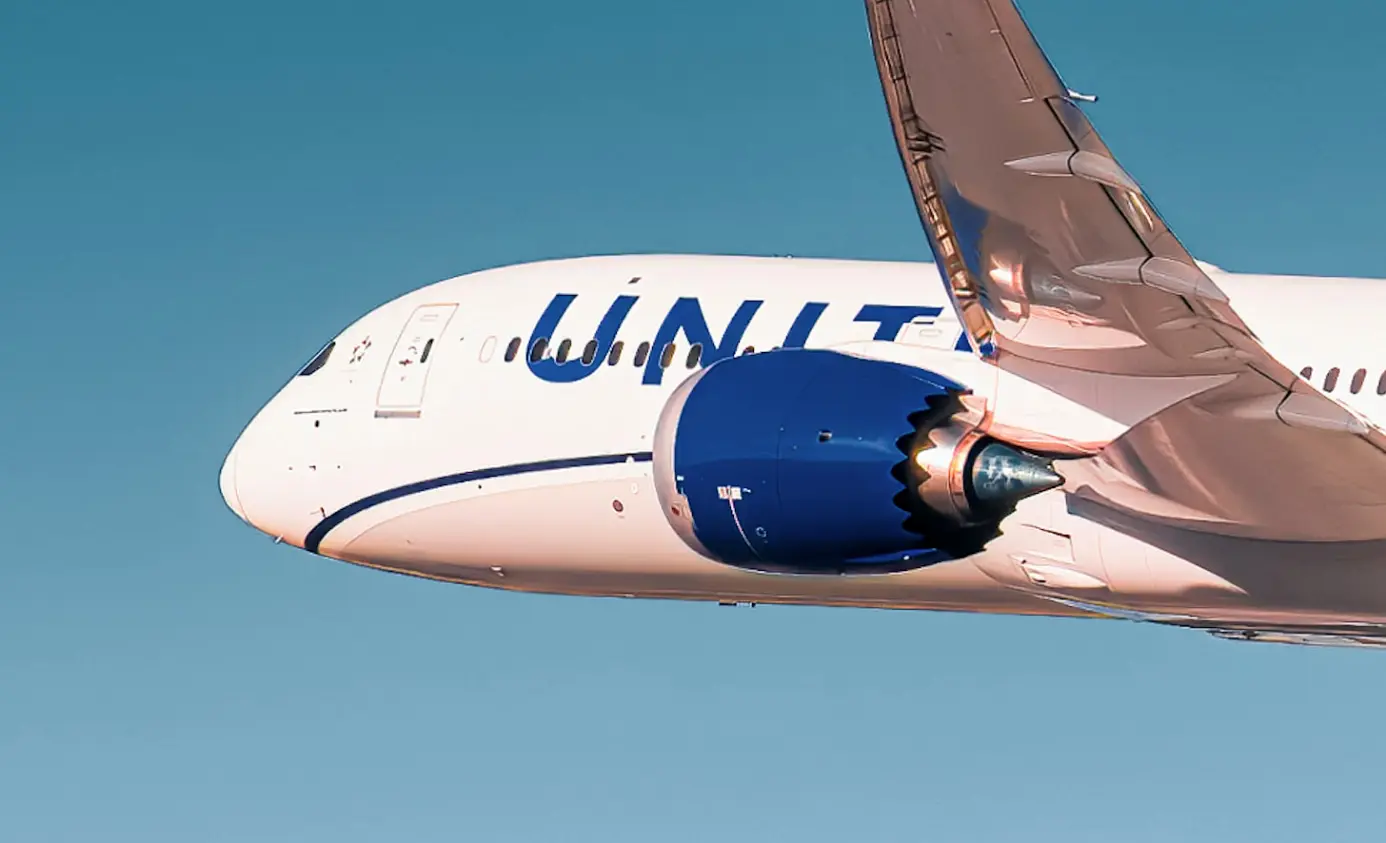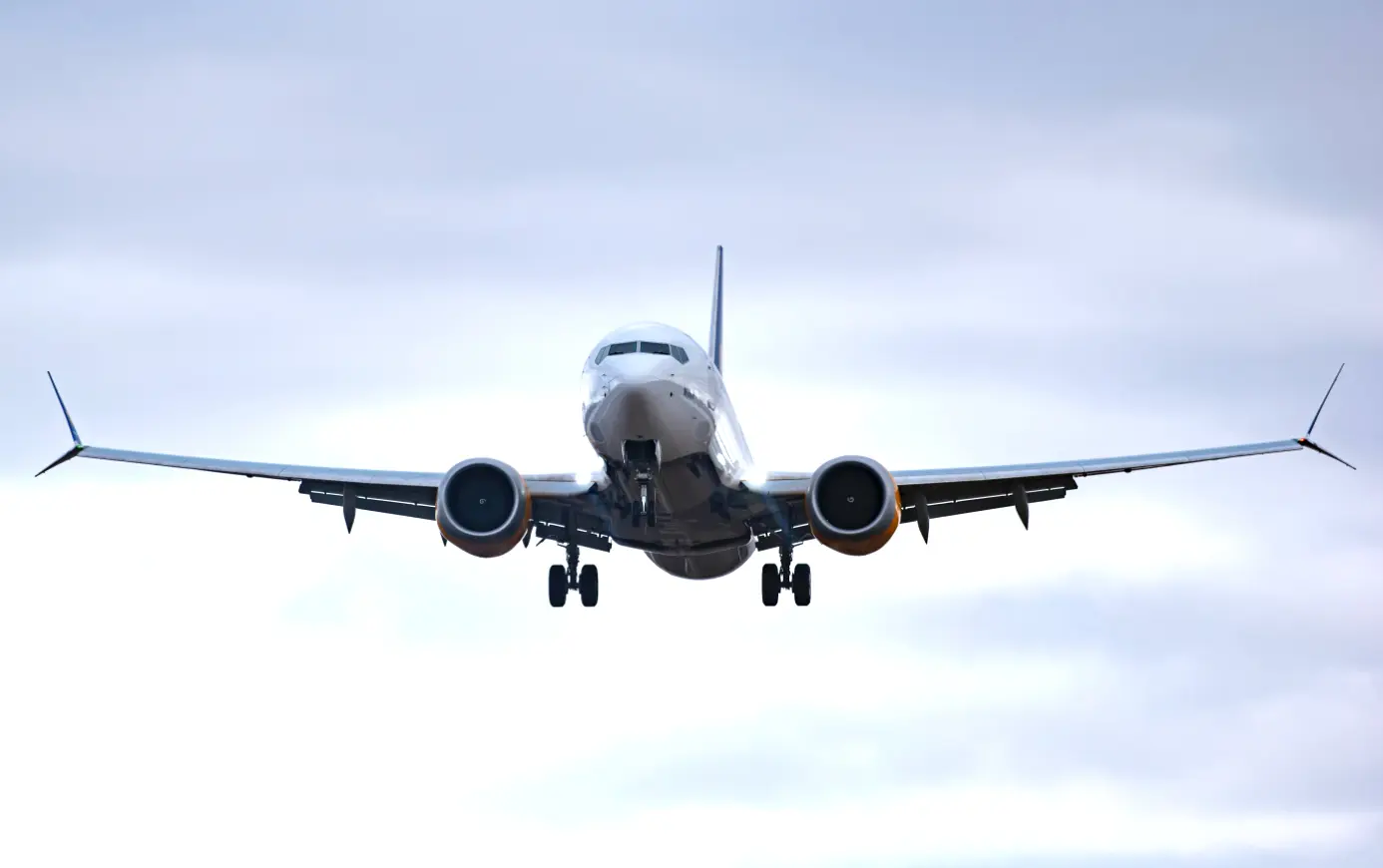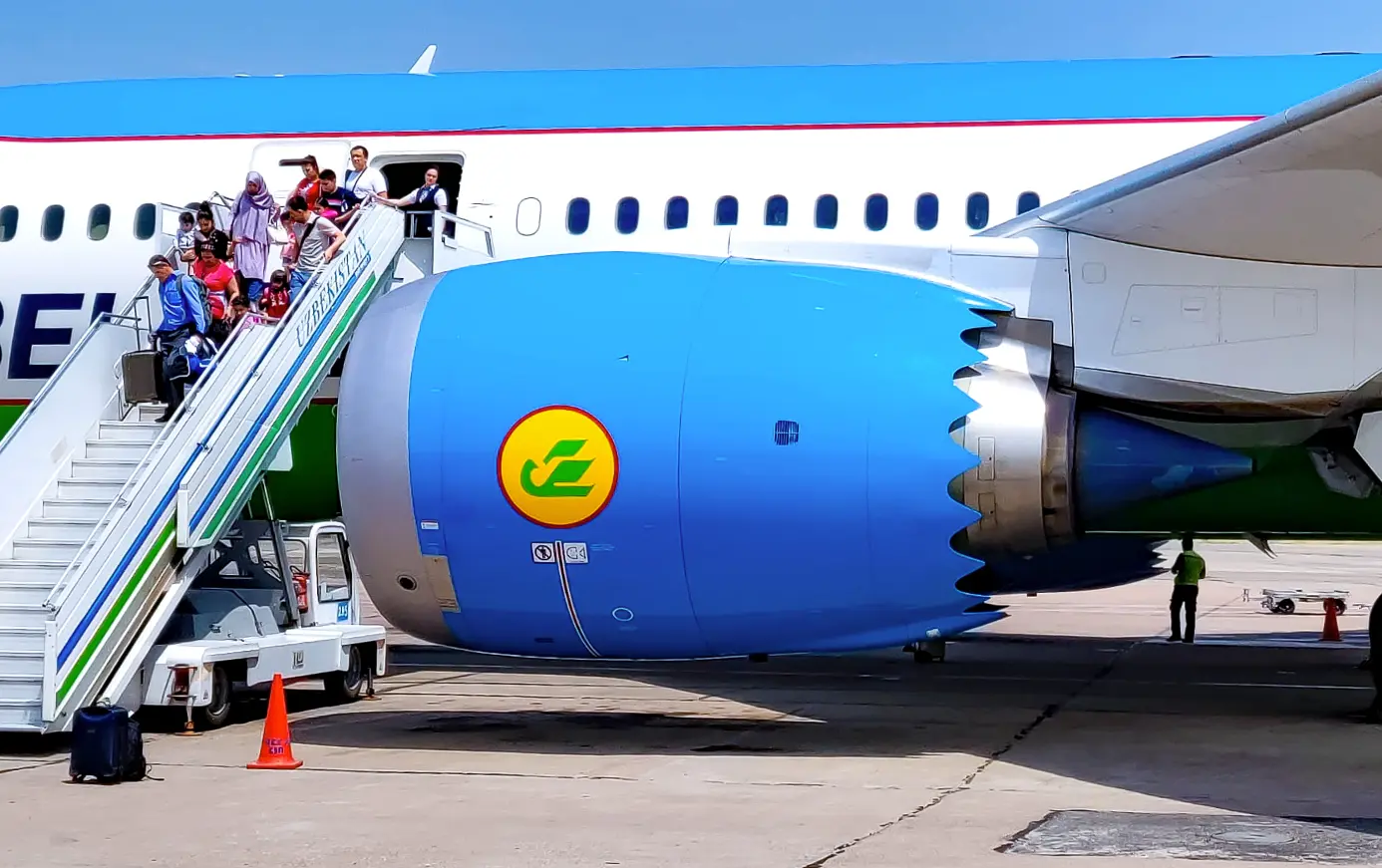
What Is the Decibel Level of a Jet Plane?
Jet engines are among the loudest machines in the world. Learn how noisy a jet engine is and why engineers try to make them quieter.
Table of Contents
The decibels of a jet engine range from 120 to 140 and are one of the loudest manufactured sounds in existence. Sounds above 85 decibels can potentially cause severe damage to a person's hearing, especially with prolonged exposure. Not only this, but continued noise exposure can leave people vulnerable to several other health concerns.
Continue reading to discover how much noise a jet engine produces compared to other everyday sounds and why this is a problem for us. Discover what makes a jet engine so loud and the research changing how engineers design these engines.
How Much Noise Does a Jet Engine Produce?
A night at a concert can leave your ears ringing from the intensity of the noise. Still, no band can compete with the sheer volume of a jet engine. In fact, no human-made object can. The jet engine is among the loudest human-made noises in existence.
Jet engines are so loud that even when a jet plane is traveling through the upper layers of the sky, we can still distinctly hear the piercing noise.
Physicists describe the noise of a jet engine as "the amplification of turbulence fluctuations." Put simply, we experience a loud noise because high-velocity air exiting the jet plane collides with the low-velocity air outside.
A jet engine is one of the loudest noises you can experience. Here is a comparison of other day-to-day noise sources to put the sheer magnitude of the sound into perspective.
| Sound Source | Decibel Level | Impact on Hearing |
| Limit for undistorted sound | ~ 194.094 dB | |
| Acoustic tests for rocket launch equipment | ~ 165 dB | |
| Jet take-off at 25m | 150 dB | Rupture of the eardrum |
| Pain threshold | 130 dB | |
| Jet engine at 100m | 120 - 140 dB | |
| Thunderclap or chainsaw | 120 dB | Painful. 120 dB is 32 times as loud as 70 dB |
| Potential for hearing damage | Approx. 120 dB | The average pain threshold for a person sits between 110 to 130 dB |
| Jet take-off at 305m | 100 dB | 100 dB is eight times as loud as 70 dB. Serious hearing damage can occur from eight hours or more of continuous exposure. |
| Traffic on a busy road | 80 - 90 dB | |
| Potential for hearing damage with long-term exposure | 85 dB | |
| 65mph passenger car at 25ft Vacuum cleaner TV audio |
70 dB | Comparison base. Noises above 70 dB can feel irritating to a large number of people. |
| Restaurant conversation Air conditioning units at 100ft Background music in the office |
60 dB | Relatively quiet. 60 dB is half as loud as 70 dB |
| Washing machine | 50 dB | |
| Normal conversation | 40 - 60 dB | |
| Calm room | 20 - 30 dB |
Why Are Jet Engines So Loud?
Jet engines are so loud due to air turbulence exiting the engine at high speeds, which creates sound waves within the audible frequency range.
We can break a jet's engine into several stages:
- First, the fan sucks large volumes of air into the fan, with large blades designed to draw as much as possible.
- Then the compressor, also composed of air blades, squeezes the air and increases its pressure. The blades of the compressor manipulate the air molecules compressing up to 12 times the original pressure and packing the molecules into a much tighter space.
- This inflammable air travels to the combustion chamber, where it mixes with fuel. A spark sets the mixture on fire, and the air expands due to the heat.
- As the air rapidly expands, it needs a way out of the plane. It cannot go back the way it came due to the pressure of the incoming air. Instead, it must make its way out through a nozzle at the opposite end of the engine.
According to Newton's third law, this reaction creates an equal and opposite force. That means the jet is pushed in the opposite direction, thus powering the plane. This process creates a powerful noise by creating turbulence in the surrounding air.

In simple terms, a sound is a pressure wave that travels through a medium like air. Air entering the engine through the fan and fiery air blasting through the nozzle create significant turbulence in the surrounding air, creating a bunch of pressure waves.
This cycle continues as the engine's fan rotates at 4000 rpm, creating incredibly high-frequency oscillations.
Is Jet Engine Noise a Problem?
Jet engine noise can be a problem for people living close to airports. Continuous high-decibel noise can lead to memory impairment, stress, and in some cases, conditions such as heart disease.
And these high SPLs (sound pressure levels) can be particularly detrimental to those working near the aircraft.
A study took 60 men, aged between 24 and 50, who work as technical staff regularly exposed to jet engine noise and compared them with 50 males, aged between 25 and 51, who had no previous exposure to the harsh sounds of a jet engine.
This research aimed to assess hearing damage over prolonged exposure to jet engine noise. The study concluded that even with protective devices, the group exposed to the continuous noise of jet engines had poorer hearing than those without exposure.
Jet engine noise is a problem for those who have to live and work around these aircraft. Prolonged exposure damages the hearing and can lead to several other health issues.
How Can Jet Engine Noise Be Reduced?
A jet engine's high decibel noise can seriously harm our hearing. Therefore manufacturers have to find ways to curtail some of the sounds, which often involves them fixing a hush kit or mixer to the engine's end.
A mixer works to combine the hot exhaust gas with cold air. A mixer helps to decrease the gas's temperatures and, in turn, its velocity, which can (and often does) impact the jet's performance. Still, it's a compromise that engineers must balance when reducing harmful noise.
Another method of minimizing jet engine noise is to use chevron nozzles. Chevrons on jet engines are the sawtooth pattern found on some jet engine nozzles' trailing edges. The chevrons help to smooth the mixing of hot air from the engine core and colder air flowing through the engine, which lessens turbulence and noise.

In addition, jet planes seem to be at their loudest when they're traveling slow, that is, during take-off and landing. This is because the high-velocity air from the engine meets with the relatively still air surrounding the plane.
There is much that physicists still do not understand about the chaotic nature of air turbulence. Therefore, many jet plane alterations combine trial and error to achieve the right balance. Engineers experiment with all sorts of shapes and patterns in the designs of exhaust nozzles to manage the air as it vacates the craft.
Now, engineers are combining computational fluid dynamics to accurately depict the physics of turbulence and remove some of their guesswork. This approach will allow them to effectively design both the engine and nozzles for the optimum airflow to reduce sound output. This research in aero-acoustics could be a game changer for the future of jet engine sound emissions.
Final Thoughts
The decibels of a jet engine can exceed 140 dB, a level that can seriously affect our hearing if not protected. This noise is caused by high-velocity air leaving the jet and meeting lower velocity air, thus creating pressure waves.
Engineers continue to research and design a range of engines and nozzles that can reduce this noise and decrease the impact on the people who live and work around these flying machines.
Planenerd Newsletter
Join the newsletter to receive the latest updates in your inbox.






